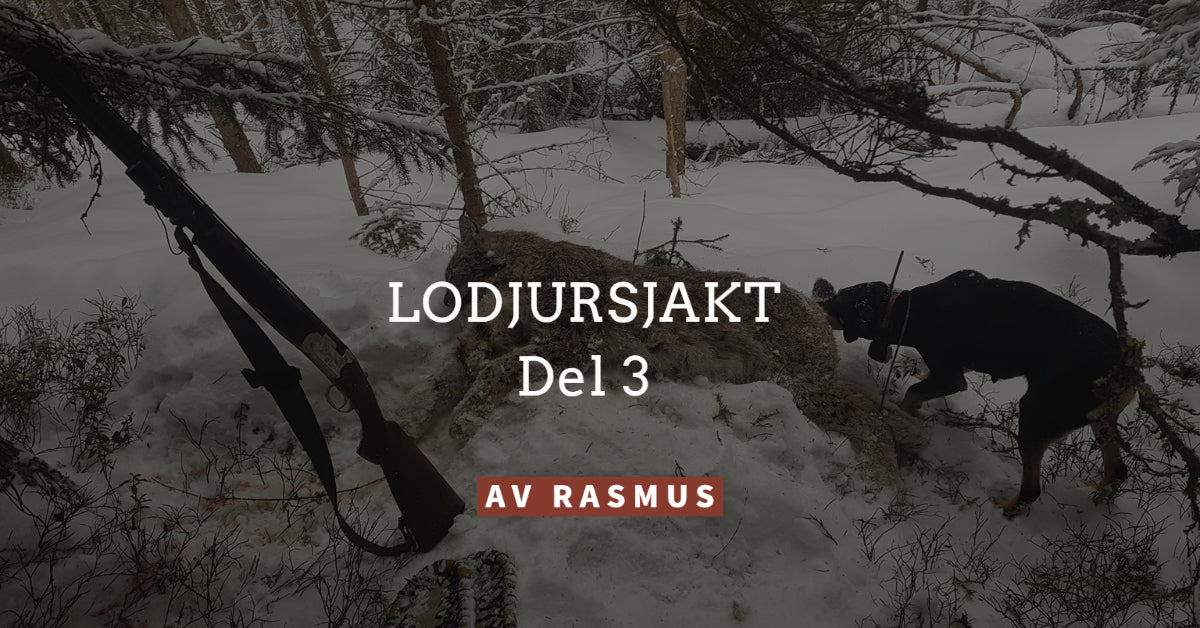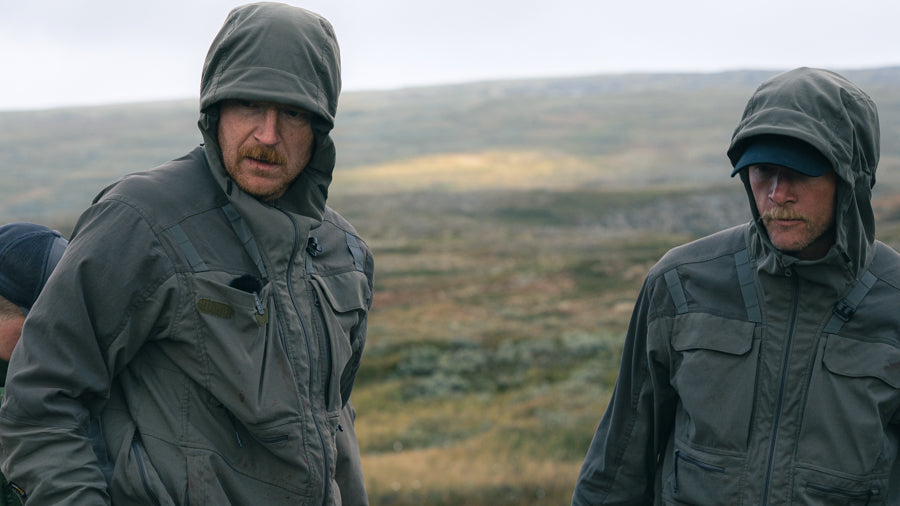
Lynx hunting
Lynx hunting on bare ground is very different from lynx hunting on snow. If you hunt on bare ground, a good start can be to use MMS cameras, fragrances and "lid stations". As described in lynx hunting part 1, the location is important and absolutely crucial, Lynx are curious but do not deviate many meters from what they normally move for for lanes. Paths, tractor roads and ordinary roads are places that the lynx likes to move to, where they can move quietly and smoothly, which means that an unsuspecting prey can be closed.
Something to pay attention to is that the lynx likes to walk around houses and in some cases mark areas at these houses on, for example, a house knot. A little fragrance and a capercaillie wing that is hung hardly makes the temptation less for the lynx to visit the place and thus be captured in a picture if you put an MMS camera there. The difference is that if you have received a picture from a certain time, you also have a starting point to start from or that at bare ground do not know where to start the hunting attempt. In addition to using natural passages (ie lanes that the lynx likes to use) as hunting stations, there are also places where they often take a hot tip daily. These places are almost always in the case of the lynx concentrated to cliffs and high hills. In some situations, the lynx is often in the middle of the worst (ie difficult for humans and dogs) and sometimes during the worst morass. They are seldom completely open, but some protection is needed for them to thrive and have it as daily. My experience is that the lynx is rarely located at the top of mountain bumps but in the side or on the edge of these, which can be good to think about if you are going to search with a dog on bare ground.
In unknown hunting terrain, my advice is to look out over the area you have at your disposal, the highest bumps and steepest mountain sides you can see are lynx hotspots that you should visit with your dog. Of course, the lynx can lie with a deer, for example, a bit anywhere, but often they go up to one of their favorite lying places and take daily and then go down to the prey during the night.
A fairly sure sign that a return visit on a prey has usually been if the lynx has dug / covered the prey or not. If the change is nasty, I would say that the chance of a return visit is significantly less than if the change is covered.
Once you have located the lynx.
Saying how a lynx behaves when it is hunted is normally quite difficult. The behavior of the lynx depends a lot on the terrain, age of the animal and whether it belongs in the area.
If we start with the terrain, lynx often thrive in steep and rocky terrain, so if there is such an area nearby, the chances are very high that the hunt will end up there. If the lynx is already in a steep area, there is a good chance that it will meander around that area. If the lynx is large and which is also out on the courtship straw, the chances are greater that it leaves the area and pulls straight ahead through the area. By that I mean that you should not put all pass shooters in the same mountain before you know how this lynx for the day behaves. It can be a good idea to place a pass shooter a good distance away (2-4 km) before the hunt begins, and who then pulls closer to the hunt if it seems to remain in the area.





Leave a comment (all fields required)